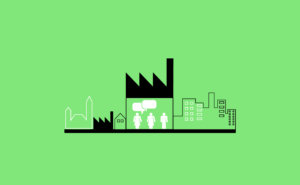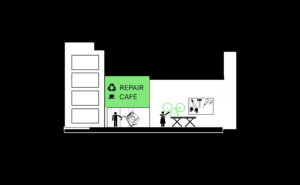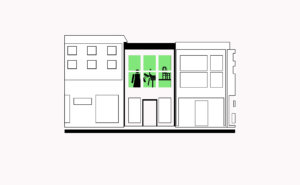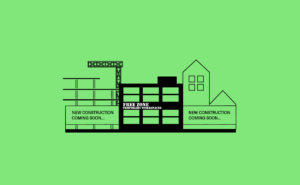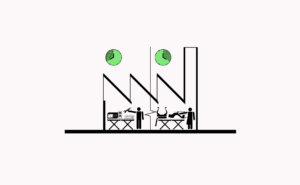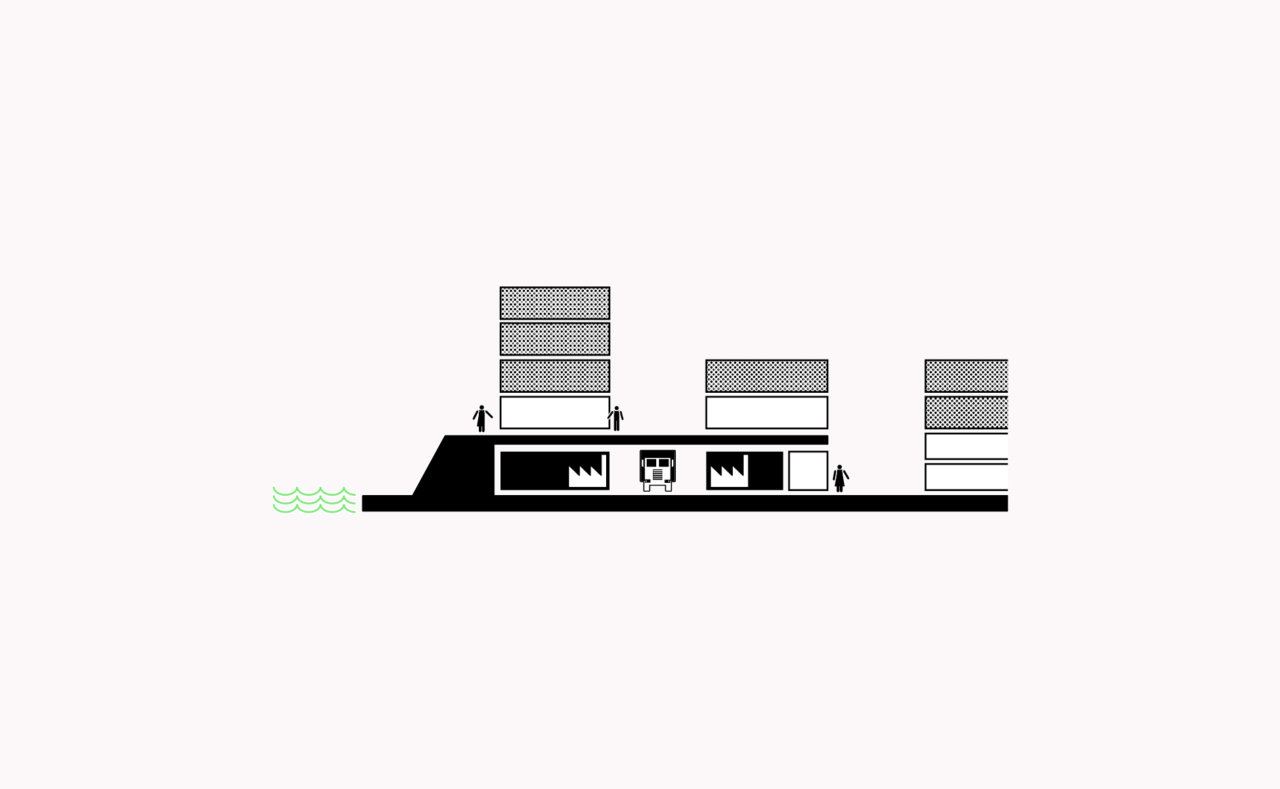
N.1 Taking Advantage of Place Conditions
Making use of place qualities and particularly existing conditions along rivers, canals and railway arches can use these special conditions advantageously to accommodate manufacturing.
[Context] Cities have often grown along roads, canals and waterways, railway lines and natural topographical formations, resulting in urban infrastructure and a diversity of place conditions. As a result edges and odd conditions were created that were often dark, damp and challenging to use for housing or shops. Such spaces were traditionally cheap and affordable for manufacturing, construction and logistics activities. Due to locations under a rail embankment or next to a dyke, they offered a place for noisy or messy activities. Consequently these activities could be located in cities, close to clients. With modern engineering, ventilation systems and surface finishes, these spaces can be adapted to the needs of more expensive land uses such as retail, horeca (restaurants and cafes) and even office spaces. Such solutions can be expensive but they can create greater return on investment, particularly for highly valued inner-city land. This is creating tension between the traditional occupants of such spaces and the market.
[Problem] Taking advantage of place conditions comes with some challenges. In renewal and redevelopment projects, site conditions that are beneficial to manufacturing are rarely exploited to facilitate manufacturing. This is particularly the case for locations along water edges, waterways and decommissioned elevated railways that historically accommodated manufacturing. The unique quality of spaces along water (like canals) is becoming increasingly attractive for (high-end) housing projects. Due to this competition of land uses, many manufacturers have been forced to move to other locations that often are less central.
[Forces] General development requirements like addressing a housing shortage, need for recreational spaces or places for climate change mitigation measures put manufacturing in competition with other land uses. Where located on sites with scenic value, economic pressure can be disadvantageous to manufacturing.
[Solution] Take advantage of edge conditions created by infrastructure or natural geography to prioritise manufacturing. Strategic C.1 Microzoning with C.2 Negotiated Qualities & Environmental Criteria along infrastructure (such as railways, roads or dykes) can help to maintain manufacturing, particularly in mixed use areas. The proximity to highways or train lines could be a good place for C.9 Concentrating Messy Making Along Infrastructure. An increasing share of empty shops in high streets provides places with excellent connectivity and optimal access to staff and clients and thus promotes N.10 Making Along High Streets. Repurpose buildings like decommissioned parking facilities for manufacturing, that offer high weight carrying ceilings. Industrial intensification or B.5 Enabling Vertical Making, could be concentrated along special infrastructure that helps to protect the manufacturing spaces. Design spaces to take advantage of dykes, berms and natural topography. This can allow the public facing activities on one side and the manufacturing at the other, with noised buffered through height differences in the building, resulting in N.8 Quality Urban Environment in Making Areas. In sites connected to waterways, develop precautions against flooding risks. For example, uses floodable areas for workspaces and locate heavy machinery, supplies and electronics above floodlines.
[Contribution] Add contributions here.
